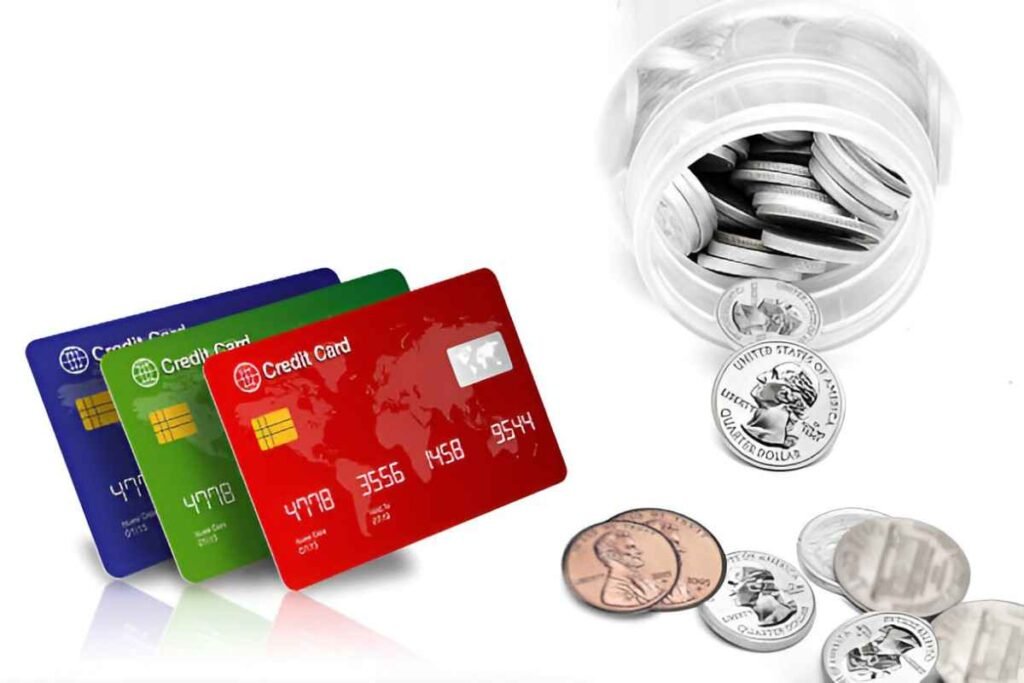Finding a credit card that offers a $200 bonus can be a great way to make the most of your spending. Whether you plan to use the card for everyday purchases or specific expenses, understanding the terms, benefits, and potential drawbacks can help you make an informed decision. In this guide, I’ll walk you through everything you need to know about these offers, including comparisons, calculations, and strategies to maximize your rewards.
Table of Contents
What Is a $200 Bonus Credit Card?
A $200 bonus credit card is a type of rewards card that provides a one-time incentive of $200 when you meet specific spending requirements within a set time frame, usually within the first three months. These cards often come with other benefits such as cashback, travel rewards, or low introductory APRs.
How Do $200 Bonus Credit Cards Work?
Most $200 bonus credit cards require you to spend a minimum amount, typically ranging from $500 to $1,500, within the first 90 days. Once you meet the spending threshold, the issuer credits the $200 bonus to your account, usually as a statement credit, direct deposit, or rewards points.
Example Calculation
Let’s say you need to spend $1,000 in the first three months to earn the $200 bonus. If you spend an average of $333 per month on groceries, gas, and bills, you will meet the requirement without making unnecessary purchases. The effective cashback rate in this case would be: 2001000×100=20% cashback on your initial spending\frac{200}{1000} \times 100 = 20\% \text{ cashback on your initial spending}
This makes the bonus a significant value addition, especially when combined with the card’s ongoing rewards program.
Types of $200 Bonus Credit Cards
Different types of credit cards offer a $200 bonus, each catering to different spending habits and preferences. Below is a comparison of some common categories.
| Card Type | Bonus Offer | Spending Requirement | Best For | Additional Perks |
|---|---|---|---|---|
| Cashback | $200 | $500-$1,500 | Everyday purchases | 1-5% cashback on categories |
| Travel Rewards | $200+ in points | $1,000-$3,000 | Frequent travelers | Airline and hotel benefits |
| Business | $200 | $3,000-$5,000 | Business expenses | Higher credit limits |
Pros and Cons of $200 Bonus Credit Cards
Before applying, it’s essential to weigh the advantages and potential downsides.
Pros
- Immediate Value: A $200 bonus provides an upfront financial benefit.
- Flexible Spending: Many cards allow you to earn rewards on a variety of purchases.
- Additional Perks: Some cards come with travel insurance, purchase protection, and extended warranties.
Cons
- Spending Requirement: If the spending threshold is too high, you may end up making unnecessary purchases.
- Annual Fees: Some cards charge annual fees that can offset the bonus value.
- Credit Score Impact: Applying for a new card may result in a temporary dip in your credit score.
Choosing the Right $200 Bonus Credit Card
Selecting the best card depends on your spending patterns and financial goals. Here are a few factors to consider:
- Spending Habits: If you spend heavily on groceries and dining, a cashback card might be ideal.
- Fees vs. Benefits: Evaluate whether the card’s annual fee justifies the benefits received.
- APR Consideration: If you carry a balance, look for cards with lower interest rates.
Comparison of Popular $200 Bonus Cards
| Card Name | Bonus Amount | Minimum Spend | Annual Fee | Rewards Rate |
|---|---|---|---|---|
| XYZ Cashback | $200 | $500 | $0 | 2% on all spending |
| ABC Travel | $200 | $1,500 | $95 | 3x on travel |
| DEF Business | $200 | $3,000 | $99 | 5% on office supplies |
Maximizing Your $200 Bonus
To get the most value from your card, follow these strategies:
- Plan Your Spending: Use the card for regular expenses such as groceries, utilities, and subscriptions.
- Automate Payments: Set up automatic payments to ensure you meet the spending requirement on time.
- Combine with Other Rewards: Stack rewards with store loyalty programs for additional savings.
Common Pitfalls to Avoid
While a $200 bonus is attractive, there are potential mistakes to watch out for:
- Overspending: Stick to your budget and avoid impulse purchases just to meet the requirement.
- Ignoring Fees: Ensure you factor in the card’s fees and interest rates before signing up.
- Forgetting Deadlines: Missing the spending deadline means losing the bonus entirely.
Conclusion
A $200 bonus credit card can be a valuable addition to your financial toolkit if used wisely. By selecting the right card, planning your spending, and avoiding common pitfalls, you can maximize the benefits and enjoy significant savings. Before applying, carefully review the terms and conditions to ensure the card aligns with your financial goals.




